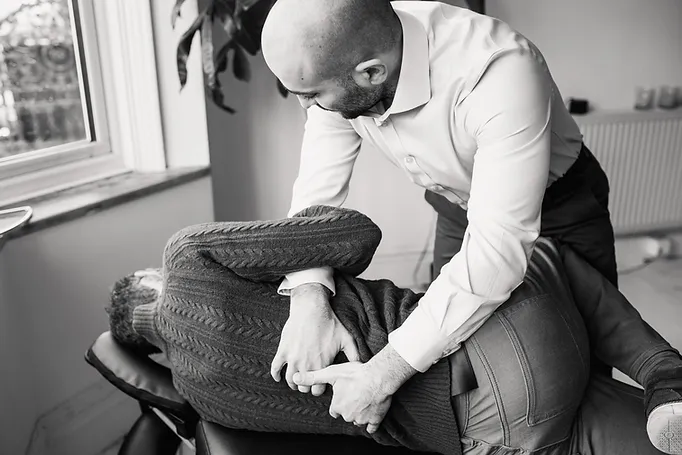Alive Blog
Can I “adjust” myself?
Risks and contraindications of spinal manipulation when performed incorrectly
“Cracking” the spine is not exactly like “cracking” your fingers. Yes, we are talking about bones and joints, but the spine is “slightly” different from any other joint in the body. It encloses the spinal cord. Breaking a finger, an ankle, a wrist, or a knee can certainly be painful, debilitating, but breaking one or more vertebrae can have permanent consequences. In this post I will examine why “self adjusting” is not a good idea. Even worse, letting your precious spine be manipulated by random people.
I always say that as long as you know a) which segment you are moving and why b) in which direction you are moving it c) the amount of speed and force which is necessary to move it, then I am fine with self adjusting. Chances are, in the real world you can’t satisfy these 3 conditions, even if you are a chiropractor. I am a chiropractor but I can’t adjust myself, not because I do not know the anatomy; not because I do not know what would need to be moved, but because to perform specific manoeuvres I simply can’t do it on my own self! It is physically impossible! Let’s take a closer look to these 3 conditions.
a) Which segment you are moving
Adjustments are specific manipulations. What does it mean? It means that the segments – or levels – of the spine that are “moved” through an adjustment, are specific. For example, I know that if there is a problem on C7-T1 (I know it because I have x-rayed the patient, or I know it through my neurological and orthopaedic tests, etc) it is EXACTLY that segment that I need to move, towards a certain direction. Not the segments above (C5, C6) or the segments below (T2, T3). Gaining specificity it’s a skill that takes years to acquire, even after you know the all the anatomy and diagnosis you need to know.
Let me give you an example. If you go to the dentist, because there’s decay on the 7th, would you be happy if the dentist does a little job on the 5th or the 9th? No! The 5th and the 9th are in good condition! It’s the 7th that needs to be treated, as long as decay did not spread around other teeth. The dentist knows the anatomy, finds the tooth, sees it and treat it. If he/she gets decay, do you think he/she can treat him/her self? It’s physically impossible isn’t it? It’s difficult to “see” and operate on your own self.
Chiropractic is no different. If I have radiating pain down a certain area of my arm, and numbness in a certain area of my hand, I know that there is (for example) C5-6 that needs to be moved. I can’t do it on my own, by “self adjusting”, because I would need to be relaxed and apply force at the same time. If you are manipulating your own neck, chances are you are just moving random stuff only because it gives you some sort of temporary relief. It can actually create problems in the future, such as instability, etc. Once, a client told me her husband was “cracking” her back by walking on it! I mean, you are free to do what you want, but to me, it does not sound right… 🙂 Look for the nearest chiropractic wellness center and get yourself assessed first. You might or might not need manipulation.

a.2) Why you are moving that segment
Each spinal segment – starting from the first (C1) to the last (L5) is separated by intervertebral discs. These discs not only act as shock absorbers, but most importantly they create the space which is necessary to the relative nerve root to come out without compression.
Every nerve root goes on to form a nerve and proceeds to innervate a certain muscle, organ, gland, skin area.
As an example, nerve roots exiting between C6 and C7 C6 provide sensation to the thumb side of the forearm and hand. It also controls the triceps and some muscles of the wrist. C7 also provides sensation to the back of the arm into the middle finger.
If there is a diagnosis of C6 and C7 radiculopathy (inflammation of those nerve roots, regardless of the cause), it is that segment that we have to work on. Not C2, or T1. Chances are, when you are “self adjusting”, you are moving random segments without criteria. Done repeatedly, this process can bring to unpleasant consequences (for example, hypermobility). If you are older than 60, chiropractic care for arthritis has been demonstrated to be effective in terms of pain reduction and increased mobility.

b) In which direction you are moving it
Same is true for the direction in which you are moving it. If there are certain symptoms on the left arm, and I am randomly manipulating the neck, how do I know if I am opening the space on the left or on the right? Without knowing the anatomy of the spine, how do I know which joint am I “cavitating”? Each vertebra has 4 facet joints, which one are you moving?
Clarence S. Gonstead, one of the most succesful chiropractors on the last century, created an entire system based on the categorisation of misalignments and relative corrections. The Gonstead system is rooted in the following core principles of specificity. Unlike some other chiropractic techniques that involve generalized spinal adjustments, the Gonstead System relies on precise and specific adjustments. Practitioners thoroughly assess the spine to identify the exact location and nature of the problem before applying targeted adjustments.
A hallmark of the Gonstead System is its meticulous evaluation process. Before any adjustments are made, practitioners conduct a comprehensive assessment, which typically includes a thorough x-ray analysis. X-rays are often taken to provide a detailed view of the spine’s structure. This helps identify misalignments or other abnormalities and set the directions for the following adjustments. Bottom line: self adjusting is not wise!
Amount of speed and force necessary to move it
The practitioner that performs spinal manipulation HAS to be trained. The amount of force that is applied on the lumbar spine, where the vertebrae are way bigger, is entirely different from the force and speed applied on the cervical spine. For obvious reasons. If I place the same force I use on the lower back to adjust the neck, there are going to be some very bad consequences. For everyone. So please, do not let anyone touch your neck unless they’re trained to do so. And by trained, I do not mean your karate instructor. I mean professionally trained to perform manipulations.
During my 5 years at the AECC, I spent countless hours practicing adjustments. Not only during practical classes, but also between students. We used to practice at home, or at college, basically 24/7. During those years I got “over adjusted” and it took more or less a year after I graduated, for my body to come back to normal. Not only I was taking way too many adjustments, but also they were delivered by people that were not skilled at the time. It is not uncommon for students to injure each other sometimes…Anyway, also regarding this point: self adjusting is not cool.

Chiropractic training
The bottom line is: PLEASE, PLEASE, PLEASE! Let competent people manipulate your spine. If the cavitation “the popping sound”, happens on its own (because you are twisting and turning), then fine. It means that your body needed to release that tension. But do not look for it with improvised manouvers. And NEVER let anyone manipulate your spine unless they are qualified to do so, and also within a professional setting (I heard stories of people getting adjusted at the Pub…).
It’s not by chance that chiropractors go through 5 years of training. There are reasons for that, and one of the reasons is safety. In the UK, every chiropractor that wants to practice and be called such HAS to be registered with the GCC.
HERE you can read more about licensing requirements.
If you want to verify and check if your chiropractor is registered with the GCC, please follow this link -> FIND A CHIROPRACTOR
You might also find this video helpful, it explains what it actually happens when the joints “pop”.
All the best,
Edoardo Elisei DC
Alive Chiropractic LTD
alivechiropractic.co.uk
1C Crown Gate Square
POUNDBURY
01305602314
Alive Chiropractic Poundbury
1C Crown gate square DT1 3EJ
Poundbury, Dorchester
Phone Number
01305602314
07845096314
Conditions
Our clinic specialises in: YOU
“The beauty about chiropractic is the fact that it works with natural means. It puts nothing new into the body nor does it take away any natural gland or organ. Chiropractic simply releases life forces within the body, and lets nature do her work in a normal manner”.
Chiropractic care has been proven to be effective in managing a long list of conditions like sciatica, lower back pain, neck pain, headaches/migraines and much more. If you have any question, get in touch with our Poundbury clinic team; we will reply within a few hours.
If you are looking for a chiropractor in Dorchester, Alive Chiropractic team is ready to help you.
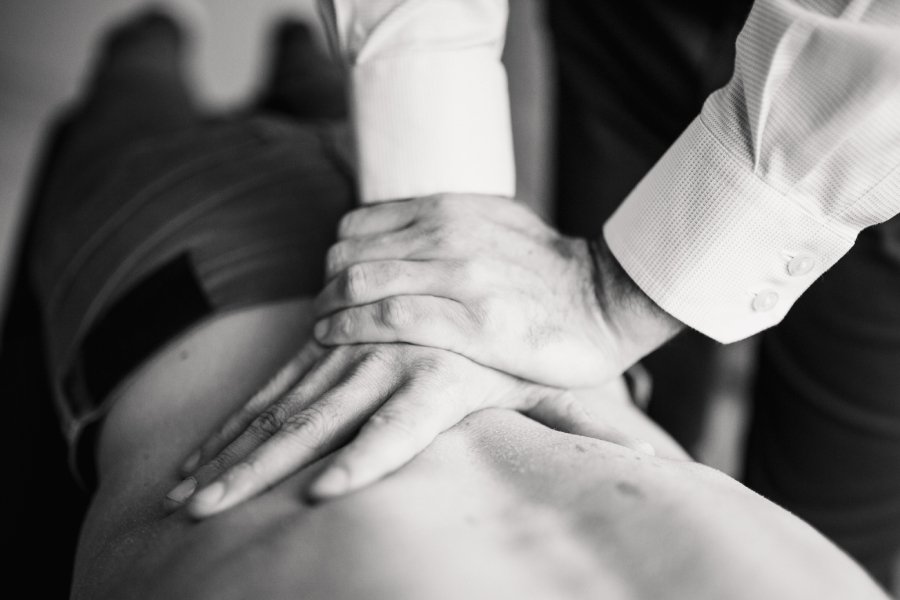
Lower back pain
Chronic lower back pain is one of the most common musculoskeletal conditions causing disability and absence from work worldwide.

Core weakness and instability
Commonly, stiffness is not a condition on its own but is often the result of an imbalance in the posture or the physiology of hte individual.
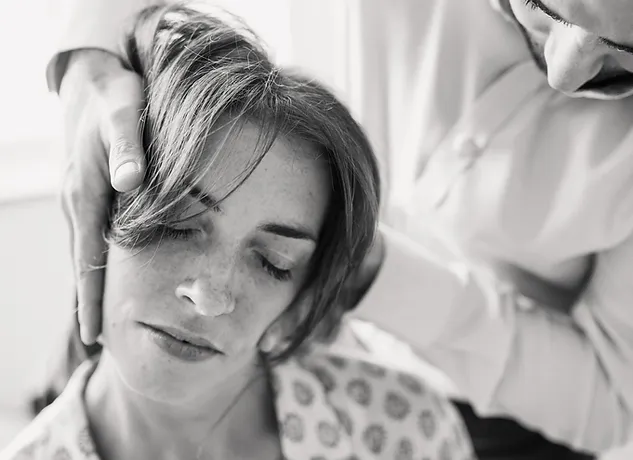
Headaches and migraines
If you suffer from frequent headaches or migraines, chiropractic care can provide effective relief.
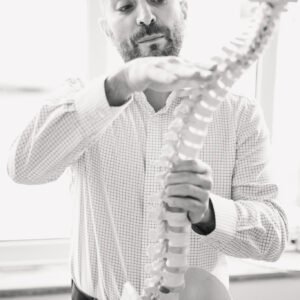
Gait disorders
Gait refers to the pattern of walking or how a person moves their limbs while walking. It is a complex process that involves the coordination of various body systems, including the musculoskeletal, nervous, and sensory systems.
